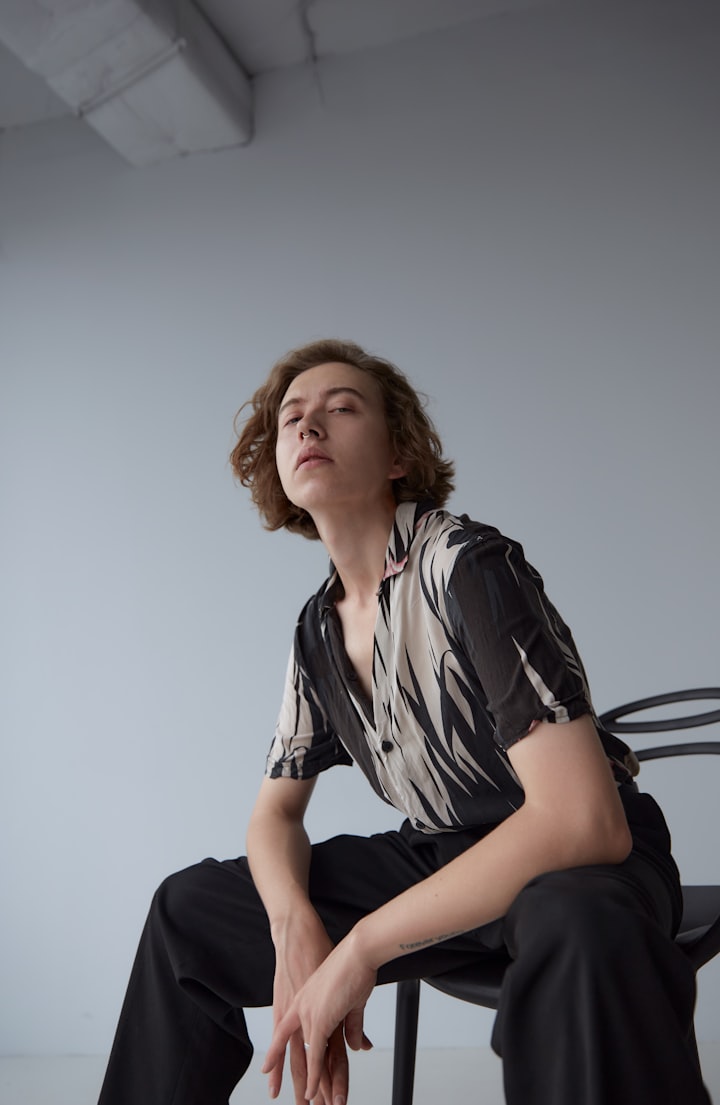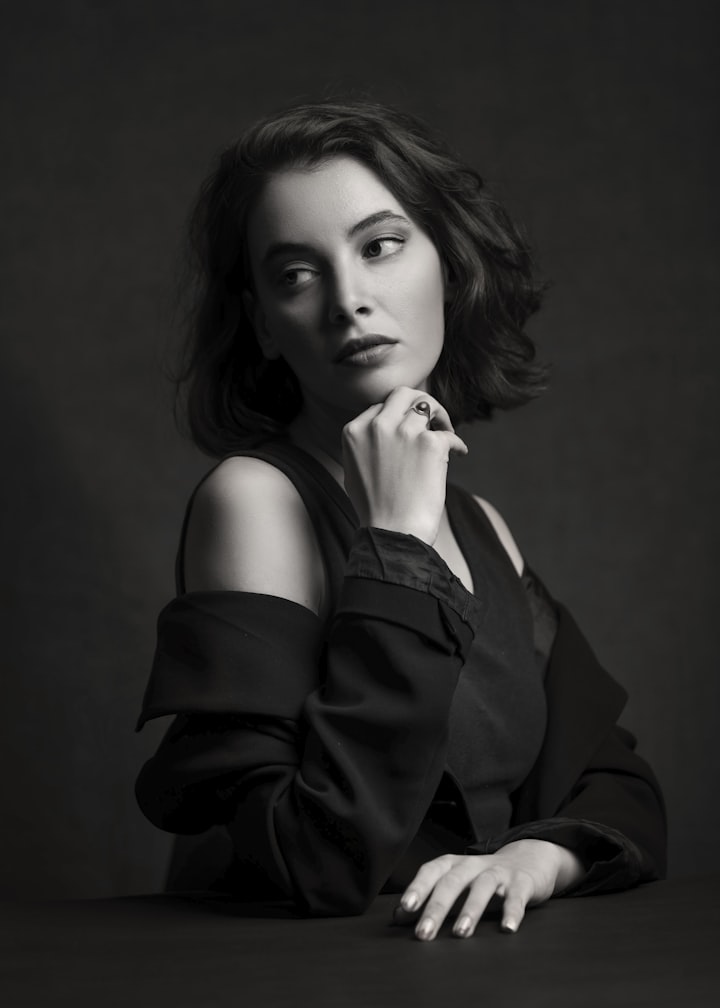The Ultimate Guide to Posing for Photographs
How to Pose For Photos? A Guide For New Photographers

Photographs are super fun for the photographer, the viewer as well as the subject. But even with the best equipment on hand, if the subject's poses aren't appealing, the photograph will fall flat.
Poses need to have a sense of dynamism and life, even if the subject is standing still. Posing helps in adding more dimension and fluidity to a photograph. In this article, I have discussed 10 simple tips to help your subject pose like a pro! So without further ado, let's get to it.
Let's simplify things by breaking them up into two blocks, i.e., Before the shoot and During the shoot. So let's begin with the first block-
I. Before the shoot
Here are some points to keep in consideration before you pick up your camera:
1. What kind of shoot do you plan on having?
Shoots can be for diverse reasons, and each type of shoot has its aesthetics. E.g., A family photoshoot will have angles and poses which are very different from what a fashion photoshoot would have. Make sure that you know why you are having a specific Photoshoot and what outcome you and your client wish to achieve and whether there is synergy between the two.
2. Look for inspiration online
While imitation is not appreciated, inspiration is. Numerous online resources can help you create an outline of the kinds of images you wish to take, the equipment required, and the techniques to follow while conducting the shoot. You could look for inspiration on sites like Pexels, Flickr, and 500px, all of which have amazing portfolios.
Creating a mood board on Pinterest can also act as a wireframe for the photoshoot you wish to conduct. Pinterest also happens to be an awesome place to gather inspiration from the best in the biz.
3. Match the pose to your model
This point demands extra attention. Your subject/model is of primary importance. Therefore, the photoshoot should be built around the model's inherent style and persona and not the other way round. A sweet sixteen birthday shoot should look very different from an athletic event photoshoot with a different set of camera angles, lighting, and colors that complement the subject.
You may find hundreds of jaw-dropping model photoshoots online, but you need to be mindful of the fact that having your model mindlessly mirror a model's pose might end up as an utter disaster. The agenda of this guide is not for your model to look like someone but to discover his/her inner confidence, which will then shine through during the shoot. (more on this later *)
II. During the shoot
This brings us to the next segment of your photoshoot. The experience levels of your model do not really matter as long as you know what you are doing. Here are a few tips and techniques so that you can achieve highly appealing photos with minimal effort.
1. Build rapport
As mentioned earlier (*), making your model comfortable and helping him/her feel at ease during the photo shoot is essential. IF the model/subject is not comfortable during the shoot, the poses will be awkward and unappealing. If your model is tense during the shoot it will spill over into the photos, and you definitely don't want that to happen.
Getting to know your subject will prove to be of immense assistance during the shoot. You would have a clear idea of what the model is comfortable doing as well as their perceived strong points. E.g., a model might like being photographed from the left, and if you do so, you will notice an added bit of confidence to your model's demeanor. Rest assured that this confidence and poise will be visible in the photos you take.
Pro-tip: Talking to your model during the shoot about things he or she; likes can help create the right mood, which means brighter eyes, better expressions, and natural smiles.
2. Look for candid shots
The best portrait photos are candid shots. Natural mannerisms and expressions add a touch of authenticity to the photograph that cannot be matched by fabricated expression. As a photographer, you should not be opposed to conversing with your model and then asking him/her to hold a specific pose or repeat something the model just did. This could be a unique way in which the model flips her/his hair a dimple that forms only when the model smiles in a specific way.
3. Adapt poses
If your model asks for a specific pose to be captured, don't blindly snap a picture as the model/subject assumes the pose. Use it as a baseline and ask your model to stay in motion to build on the requested pose for an added level of personalization. Trust us; your model will love that they could contribute a part of their unique persona to the photograph being clicked.
Don't be afraid to tweak and adjust poses; sometimes, a small change can make a big difference.
4. Simplify
Simplicity is beauty. Try to keep everything, from your shot composition to the clothes, props, and accessories that your model is wearing.
If you feel that a specific accessory is distracting or doesn't fit well with your composition's colors, you should have it removed. The same holds for props. It's not necessary to have bubbles flying everywhere (though it's an awesome effect) during your photoshoot. Now lets' come to the shot. Full-length poses can look very regal and imposing, and while some clients might like such an image while others may not.
A head-and-shoulders portrait is always a good option, but it has its constraints. If the clothes worn by your model need to be a part of the picture, a head-and-shoulders image just doesn't cut it. You could try experimenting with different lenses.
5. Pay attention to detail
It always pays to keep the finer details of your setup in mind. The position of the model's neck, the lines of her form, and her hands' placement deserve consideration. Each poses carries large amounts of non-verbal communication in it, and the lack of poise could be the undoing of your photoshoot.
6. Find something for your model to lean on
Your model will feel more comfortable if he/she has something to lean on. Including a tree or a comfortable chair in your composition can add immense appeal to your photos, creating a natural-looking pose.
7. Use props
Props can add a fun element to your photos. If your model is having fun with the props, you have the chances of capturing his/her authentic expression and vibe increase. It also gives the model something to do, thus avoiding awkward passport-style photos.
It's a wrap
So there you have it, a comprehensive guide to posing for photographs. Now you know what works and what doesn't, as well as how to capture candid moments and expressions that add style and finesse to your photos. But sometimes, even the best photo requires a little extra. Here is where photo retouching services enter. With minimal touch-ups, photo straightening, lightening, and intuitive cropping, you can turn your armature shots into commercial masterpieces.
The next time you are photographing someone, make use of our tips, and we are sure that your final output will be awesome. Happy snapping.
About the Creator
Sumul Padharia
BDE by profession | Photographer by passion | Cricketer by heart | In Free time, I love to play dart | Traveler By soul | Achieving success is my Goal






Comments
There are no comments for this story
Be the first to respond and start the conversation.